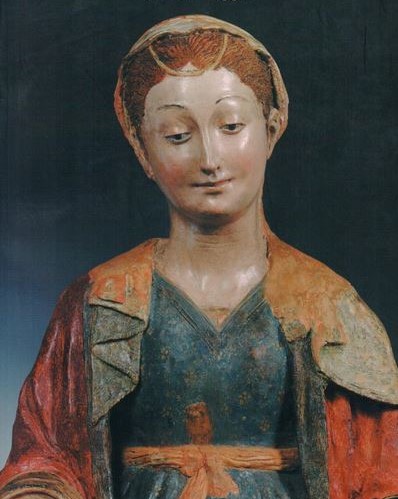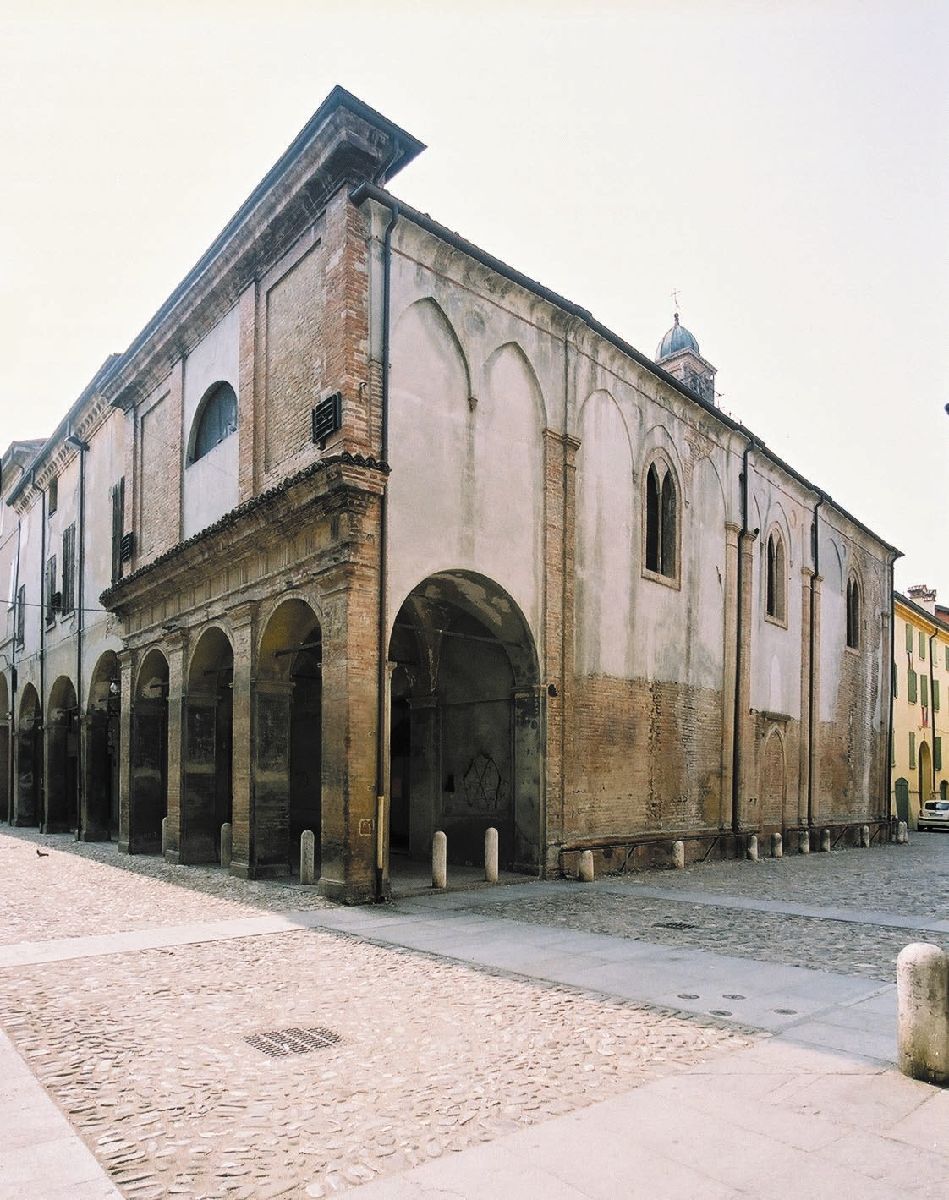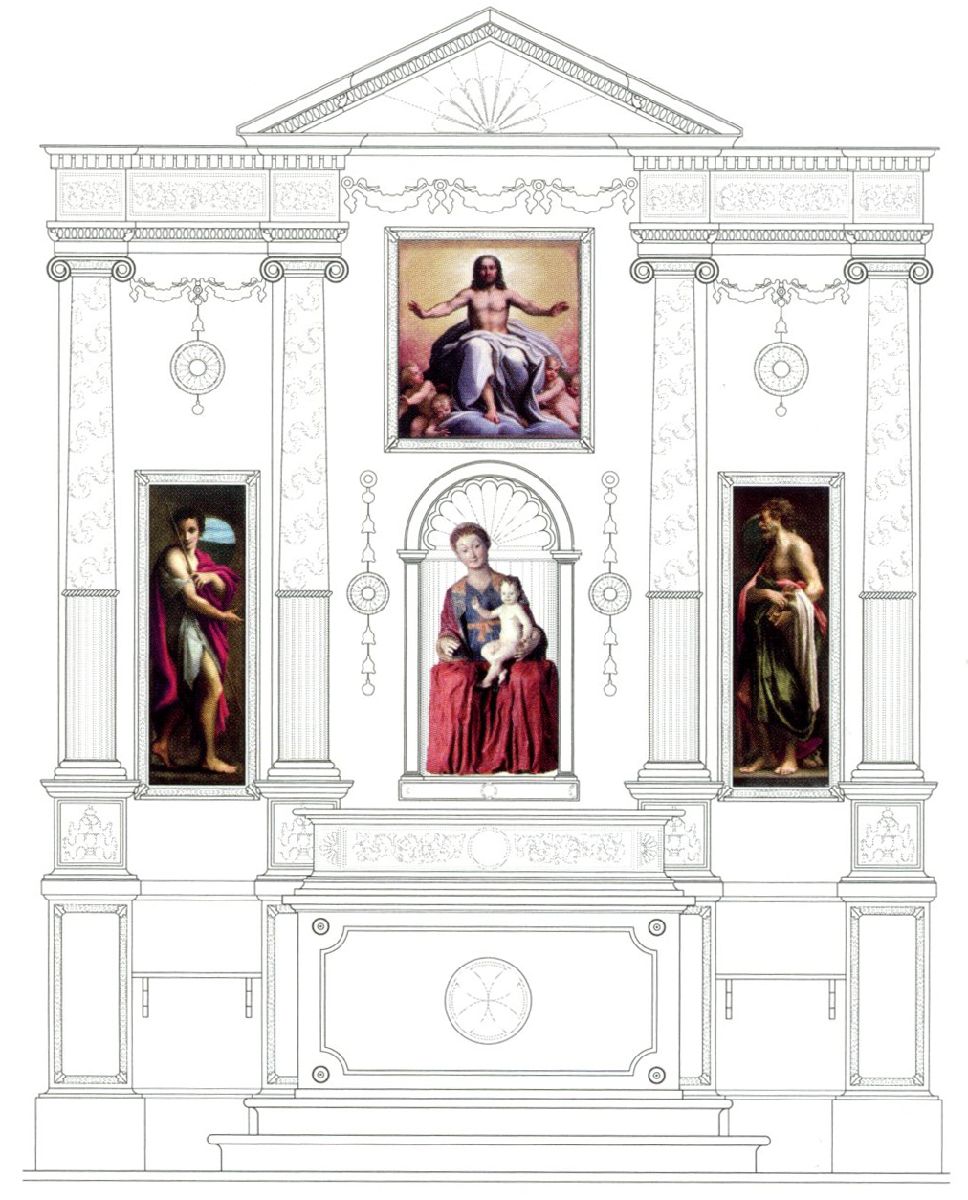Chiesa di Santa Maria della Misericordia
XVIII secolo
L’attuale Chiesa di Santa Maria della Misericordia sorse nel XIV secolo come luogo di culto collegato all’omonima Confraternita dei Battuti che vi gestiva anche il primo Ospedale ubicato in area urbana. L’edificio si presenta nelle forme date in occasione di restauri effettuati nel 1756-58 e, sul fianco destro che presenta forme “neogotiche”, negli anni Cinquanta dell’Ottocento ad opera dell’architetto Francesco Forti. La facciata della chiesa è preceduta da un avancorpo porticato con quattro pilastri ed archi a tutto sesto, in mattone a vista. Sotto il portico voltato a crociera, l’ingresso è preceduto da un portone ligneo policromo del sec. XVIII. All’interno vi erano collocate due opere di Antonio Allegri detto il Correggio: Trittico dell’Umanità di Cristo, di cui si ha notizia solo attraverso documentazione d’archivio e la pala d’altare Quattro Santi commissionata dal correggese Melchiorre Fassi intorno al 1516-17 e rimasta all’interno della chiesa fino al 1776. Oggi la pala è visibile al Metropolitan Museum of Art di New York.
The current church of Santa Maria della Misericordia (St. Mary of Mercy) was built in the 14th century as a place of worship for the Confraternita dei Battuti (Confraternity of the Flagellants) a brotherhood that also ran the first hospital in the urban area. The building acquired its present-day appearance from renovations carried out in 1756-58, as well as works on the “Neogothic” right-hand side of the church made in the 1850s by architect Francesco Forti. Jutting out of the façade is a portico with four pillars and round arches made of exposed bricks. Under the cross-vaulted portico there is an 18th-century wooden polychrome door. Inside there were also two paintings by artist Antonio Allegri known as “Il Correggio”: the Triptych of the Humanity of Christ, whose central painting is on display at the Vatican Museums (the two remaining side paintings were lost) and the Four Saints altarpiece which was commissioned by Melchiore Fassi, a citizen of Correggio, around 1516-17 and remained in the church until 1776. The altarpiece can now be seen at the Metropolitan Museum of Art in New York.

Ultimo aggiornamento
11 Febbraio 2025, 14:22
 Museo Il Correggio
Museo Il Correggio 


